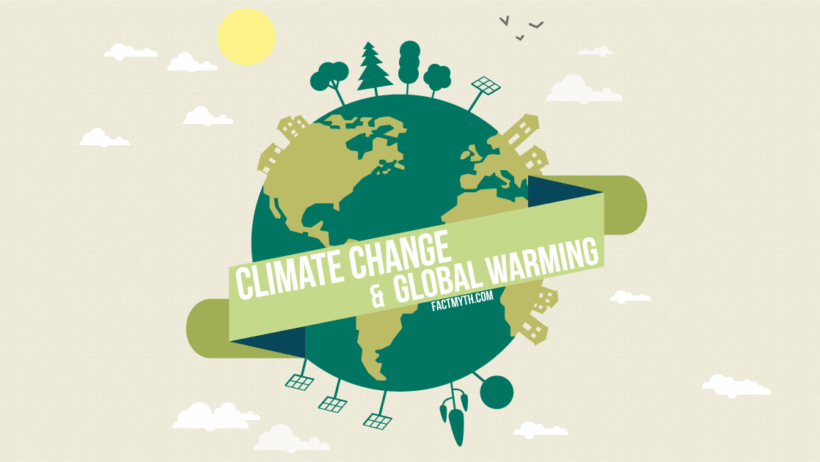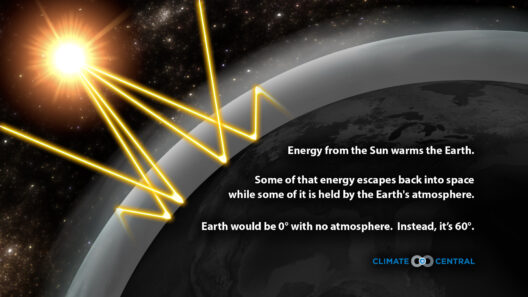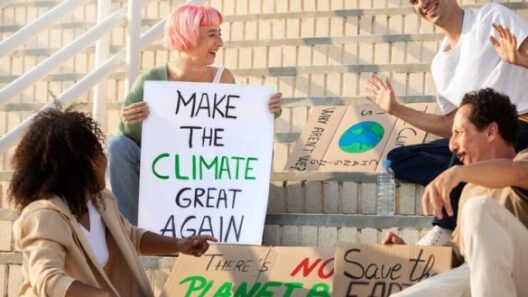The intensifying discourse surrounding climate change and global warming often intertwines these terms, leading to misconstrued perceptions and misunderstandings. While they are intrinsically linked phenomena, their distinctions are pivotal for a comprehensive understanding of the environmental challenges we face. In order to clarify these concepts, it is essential to delve into their definitions, consequences, and the implications of conflating them. This article elucidates the nuanced differences between global climate change and global warming.
Understanding Global Warming
At its core, global warming refers specifically to the long-term increase in Earth’s average surface temperature, primarily attributed to the accumulation of greenhouse gases (GHGs) in the atmosphere. These gases, including carbon dioxide (CO2), methane (CH4), and nitrous oxide (N2O), trap heat from the sun, creating a ‘greenhouse effect.’ This phenomenon is not merely a theoretical construct; extensive data, spanning decades, demonstrate an undeniable upward trend in average temperatures.
This temperature rise is predominantly a result of human activities, particularly the burning of fossil fuels, deforestation, and various industrial processes. Consequently, global warming manifests in several observable and concerning ways, such as altered weather patterns, increasing ocean temperatures, and the gradual melting of polar ice caps. It’s essential to grasp that while global warming is an overt indicator of climate change, it represents just one facet of a much larger, more complex environmental issue.
The Broader Context of Climate Change
Climate change encompasses a broader spectrum of shifts in climate patterns beyond mere temperature increases. It refers to long-term alterations in precipitation, sea levels, and wind patterns, together with the associated shifts in ecosystems and biodiversity. Thus, while global warming is a critical component of climate change, the latter involves a myriad of variables that affect our planet’s biosphere.
The implications of climate change are profound and multi-faceted. Not only does it result in rising temperatures, but it also brings about an array of disruptive consequences, including more frequent and severe weather events, fluctuations in food supply due to agricultural impacts, and ecological disruptions that can have cascading effects on various species and terrestrial systems.
Recognizing and tracking climate change can therefore include monitoring global precipitation patterns, changes in flora and fauna distributions, and shifts in ocean currents, all of which are influenced by both anthropogenic actions and natural variability. The interconnectedness of these elements underscores the necessity of distinguishing between global warming as a symptom and climate change as the broader condition.
The Feedback Loops of Climate Change
One of the critical complexities in understanding climate change is the existence of feedback loops that can exacerbate global warming. For instance, as polar ice melts due to increasing average temperatures, less sunlight is reflected back into space, leading to further warming — a phenomenon known as the albedo effect. Moreover, thawing permafrost releases stored gases, such as methane, into the atmosphere, propelling a cycle of additional warming.
These feedback mechanisms complicate predictive models of climate change impacts, emphasizing the urgency for immediate action. They highlight the dynamic nature of Earth’s climate system and the challenges faced in combating the accelerated pace at which changes are occurring. Given these complexities, effective responses must be informed by a robust understanding of both the specificities of global warming and the wider implications of climate change.
Policy and Public Perception
A significant hurdle in addressing climate change is the public perception that may derive from conflating global warming with climate change. This misunderstanding paves the way for skepticism regarding climate science and can hinder proactive policy-making. While global warming serves as a tangible indicator, climate change represents the overarching narrative that requires systemic transformation across governance, industry, and societal behavior.
Pursuing comprehensive climate policies must be predicated on recognizing the distinction between these concepts. By framing environmental discussions correctly, stigma against climate science can be diminished, and political urgency can be cultivated. Stakeholders must promote initiatives like the shift to renewable energy sources, enhanced energy efficiency, and protective legislation aimed at conservation and sustainable development.
Public education initiatives can play a vital role in disseminating knowledge and improving comprehension of the differences between global warming and climate change. Initiatives that elucidate the cause-and-effect relationships inherent in these phenomena can galvanize community engagement and support for mitigation strategies. An informed populace is crucial, not just for public action but also for fostering a sense of responsibility towards future generations.
Conclusion: A Path Forward
In sum, understanding the distinction between global climate change and global warming is essential for effective environmental advocacy and policy development. While global warming serves as a tangible indicator of rising temperatures, climate change represents a broader spectrum of environmental alterations that warrant urgent attention. By clarifying these terminology and ramifications, we can pave the way for collaborative efforts toward policy change and societal transformation, addressing one of the greatest challenges of our time.





